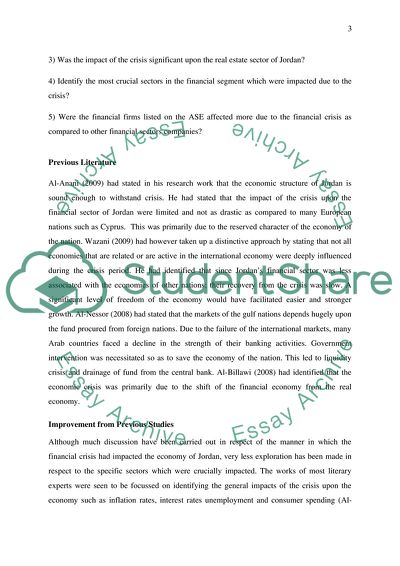Cite this document
(Financial data analysis Essay Example | Topics and Well Written Essays - 1500 words, n.d.)
Financial data analysis Essay Example | Topics and Well Written Essays - 1500 words. https://studentshare.org/finance-accounting/1866487-financial-data-analysis
Financial data analysis Essay Example | Topics and Well Written Essays - 1500 words. https://studentshare.org/finance-accounting/1866487-financial-data-analysis
(Financial Data Analysis Essay Example | Topics and Well Written Essays - 1500 Words)
Financial Data Analysis Essay Example | Topics and Well Written Essays - 1500 Words. https://studentshare.org/finance-accounting/1866487-financial-data-analysis.
Financial Data Analysis Essay Example | Topics and Well Written Essays - 1500 Words. https://studentshare.org/finance-accounting/1866487-financial-data-analysis.
“Financial Data Analysis Essay Example | Topics and Well Written Essays - 1500 Words”. https://studentshare.org/finance-accounting/1866487-financial-data-analysis.


